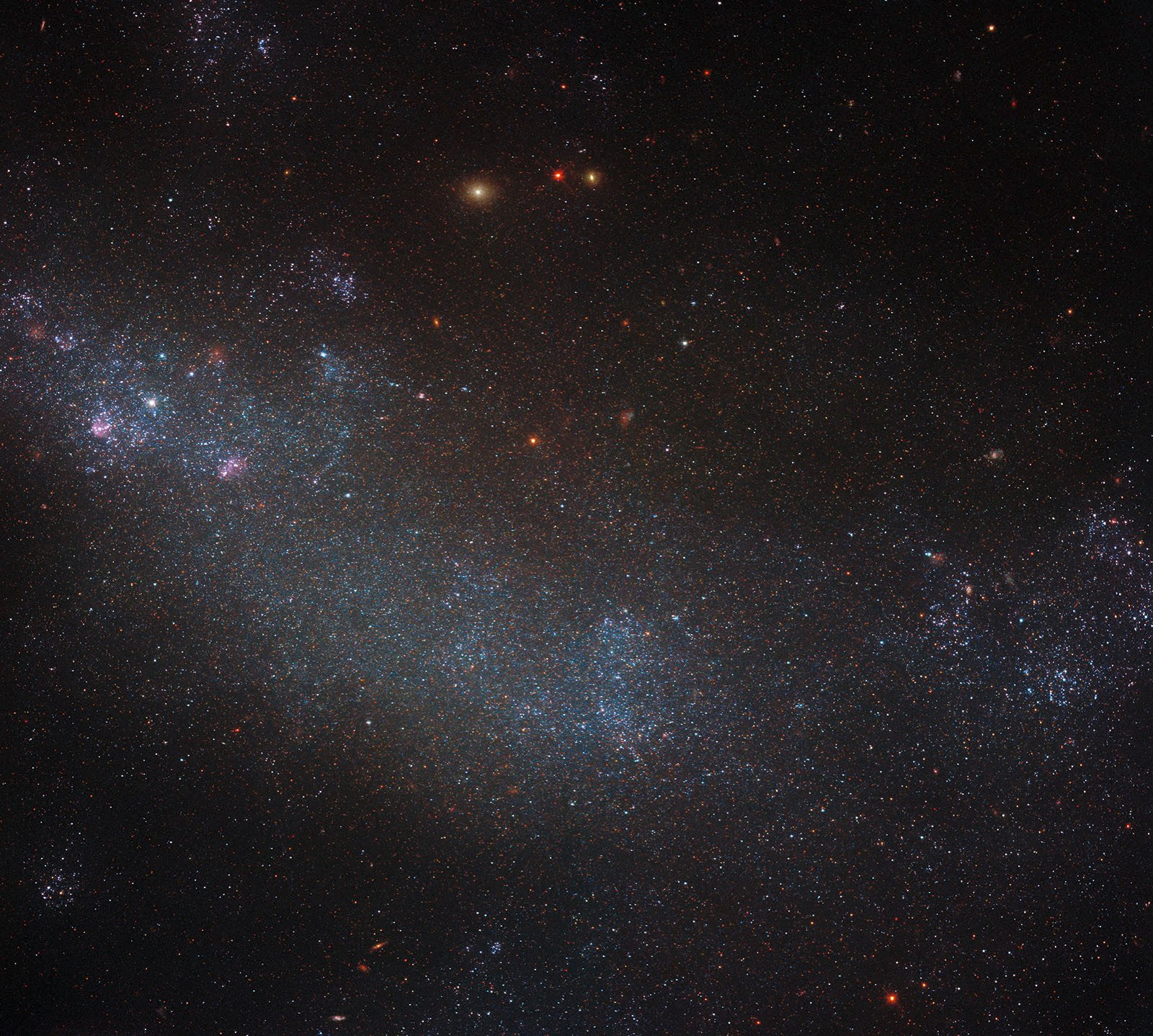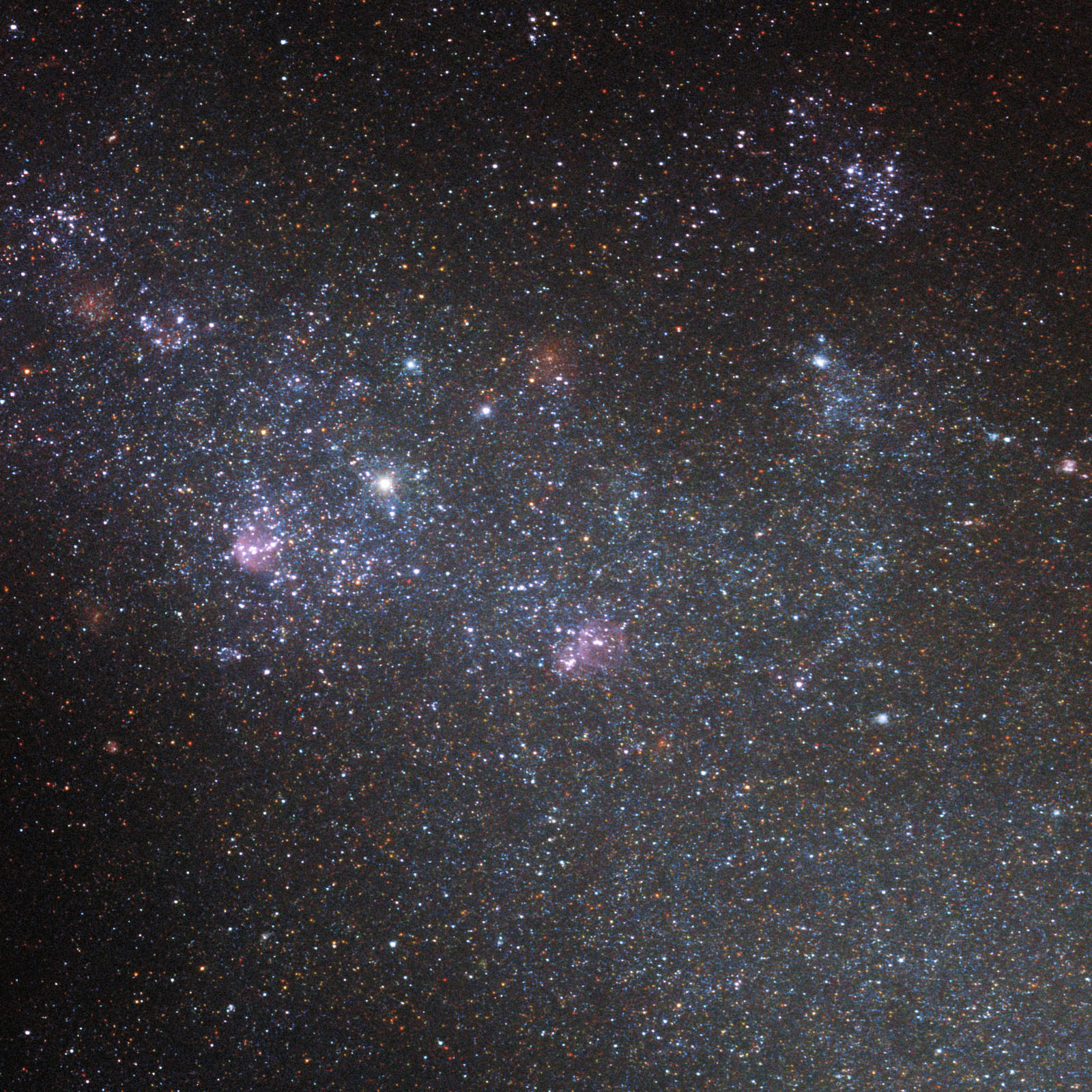Hubble’s New Photo Shows the Immense Scale of Galaxies

The Hubble Space Telescope’s new Picture of the Week shows a remarkably dense field of stars. However, what at first glance looks like just a field of stars, spread somewhat irregularly through the frame, the photo shows a considerable portion of a galaxy.
The galaxy, ESO 245-5, also known as LEDA 6430, is about 15,000 light-years across and approximately 15 million light-years from Earth, making it a relatively close neighbor of the Milky Way galaxy. While NASA and the European Space Agency (ESA) don’t explicitly describe precisely what portion of ESO 245-5 is seen in the image, it does say that the photo shows “most of” the galaxy.
Per the image details, the field of view is 2.83 x 2.54 arcminutes, which works out to around 12,735 light-years across and 11,430 light-years tall with a bit of number crunching. This means that the light from stars at one horizontal edge of the frame takes 12,735 years to cross the image. Since light travels 300,000 kilometers (186,000 miles) in a single second, it is easier to imagine that the stars that look so close to each other are really quite far apart.

The scale is perhaps what is most spectacular about Hubble’s latest image. What first looks like a very dense starfield is actually a significant portion of an irregular galaxy, and the tiny black pixels between each star are, in reality, remarkably vast voids of the interstellar medium.
It is also a significant departure from the recently released Hubble images that have focused on collisions between spiral galaxies. However, there is a common thread between the beautiful, structured spiral galaxies and the irregular ESO 245-5 galaxy. While it looks like stars are smashing into each other when galaxies collide, there is actually so much space between everything that this doesn’t occur — or is it at least so exceptionally unlikely that it is practically impossible. Similarly, the brilliant new image of ESO 245-5 looks so dense that it seems like the stars are practically touching each other, when in reality, they are so far from each other that the light from one can take decades to reach its nearest neighbor.
The Milky Way galaxy will get to experience a remarkable collision of its own, too, as Earth’s home is destined to collide with the “nearby” Andromeda galaxy. In about four billion years, nearly as long as the Earth itself has existed, the galaxies will touch and will be dramatically reshaped. However, while it will look like a bombastic, violent encounter from millions of light-years away, it will be inconsequential for the stars and planets that call the Milky Way home.
Image credits: ESA/Hubble & NASA, M. Messa